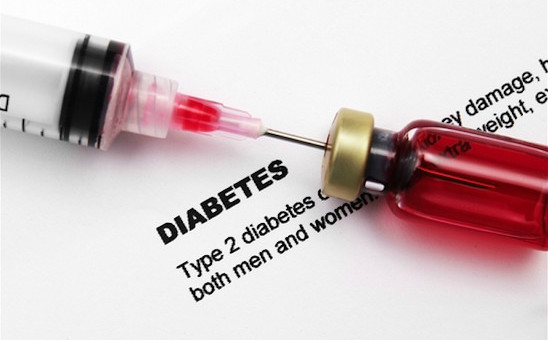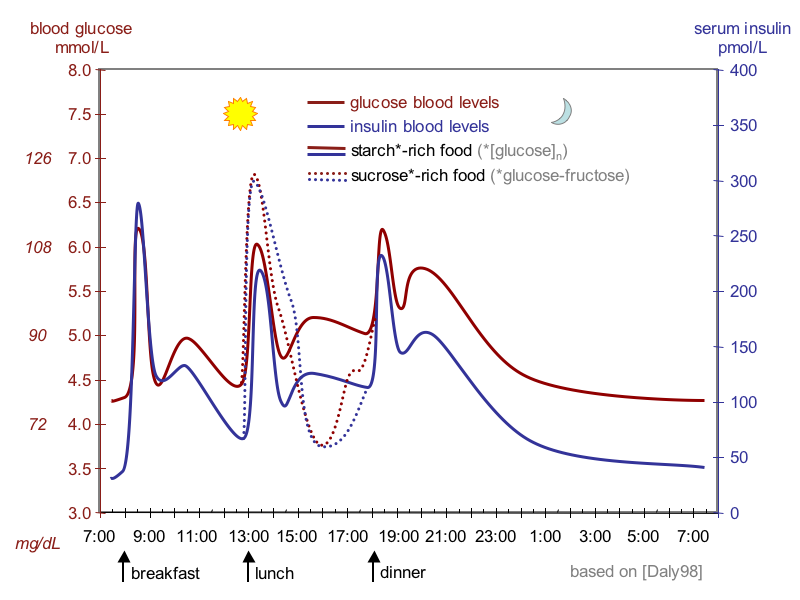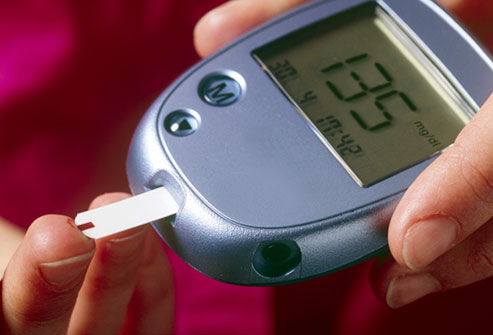Carbohydrates are the primary source of energy in human body. Glucose levels in our body rises slightly after eating. We usually have a little lower blood sugar level during mornings before breakfast. Blood sugar is nothing but the glucose present in the blood of a human body. Human body is naturally capable of maintaining the optimal blood sugar levels under a healthy metabolism. The highs and lows in blood sugar levels may lead to different kinds of health complications.
When do you need to test your blood sugar?
Blood sugar tests are really important if your doctor suspects diabetes. To prevent the long-term health complications and to design a treatment plan, the diabetes patients need to undergo blood sugar tests very regularly. The blood sugar tests usually help to figure out the action plan to control diabetes.
Diabetes patients need to test their blood sugar multiple times a day. Your doctor suggests the tests based on the type of diabetes.
For type 1 diabetes patients’ doctors usually recommend to test their blood sugar levels at least three or four times a day. Patients need to test their glucose levels before meals and after meals, before and after workout, before going to the bed etc. Sometimes doctors may recommend testing the glucose levels during the sleep. If the patient is sick, he needs to check his glucose levels more frequently.
For type 2 diabetes patients doctors usually recommend to test their blood sugar levels once a day. Type 2 diabetes patients take insulin regularly to manage diabetes. If the patient is able to manage type-2 diabetes with the daily diet, routine and work out, he may not need to test his blood sugar regularly. The tests are usually done before the meals or after the fasting.
What is the procedure for blood sugar test?
There are many ways to test your blood sugar. Here are some of them.
RBS (Random Blood Sugar):
This is also known as the casual blood test. The tests are done at random timings without many conditions. So you may have it before eating or after eating etc. This test helps to determine the health of the person. Healthy person usually have the similar glucose levels throughout the day. If you have more than a glucose level of 11.1 mmol per L, it indicates that you have diabetes. You may need to undergo other type of blood tests to identify the type and severity.
FBS (Fasting Blood Sugar):
As the name indicates, this test will be conducted after the fasting of 8 hours. It’s one of primary tests to identify the pre-diabetes or diabetes. If you have 7 mmo/L , it indicates you have diabetes.
Oral Glucose Tolerance Test:
This test is done if there are doubts to diagnose the diabetes. For this test, the patient needs to fast for the whole night. Patient needs to consume water with glucose of 75 mg in the morning. The glucose of this proportion normally doesn’t raise the blood sugar levels. After 2 hours, if there is a glucose levels of more than 11.1 mmo/L it indicates that the patient is having diabetes.
2-hour postprandial blood sugar:
This test doesn’t help to diagnose the diabetes. It helps to check the amounts of insulin the patient is taking after the meals. This test is usually conducted 2 hours after the meal.
Home test:
This is the most common test now-a-days. This is real quick, comfortable and also accurate. A Blood drop will be placed on the strip which is impregnated with some color. The strip changes its color. Based the color chart, the patient can identify his blood sugar levels easily.
Glycohemoglobin or HbA1C test:
This test helps to identify the amounts of glucose stuck between the red blood cells. This helps a lot in designing the treatment plan for diabetes after 2 to 3 months of the initial treatment. This test helps to identify the progress of the patient. Based on this treatment, your doctor may need to change your medication.
What are the problems associated with blood sugar test meter?
Proper maintenance of the blood sugar test equipment is absolutely necessary to prevent the errors. These are the few tips to follow to eradicate the error reports.
- Follow the instruction manual. Different equipment have different procedures to operate
- Regularly change batteries of the machines as recommended by the manual
- Store the strips as recommended. Strips are impregnated with chemicals and may change their properties
- Discard the expired strips
- Equipment must be cleaned regularly according to the manual
- Use the strips recommended by your manufacturer. Different strips are suitable for different machines
- Refer manual for troubleshooting
- Better demonstrate your procedure to doctor, he may rectify if there are any mistakes
- Run the quality control tests regularly
Regularly make note of your test results in a journal. There are many websites which are offering diabetes sheets. Even some mobile applications are very good with reminders and timings. Carry your report with you while you are meeting your doctor.
How to analyze the test results?
Blood sugar variations are based on many factors. Here are the most common ones.
- Pregnancy status
- Age
- Severity and type of diabetes
- Other health complications
- Duration of diabetes
The common blood sugar levels of the diabetes patients.
- Fasting at least eight hours – 5 and 7 mmol/L (between 90 and 130 mg/dL)
- One to two hours after meals – 10 mmol/L (lower than 180 mg/dL)
- Before meals – 4 and 7 mmol/L (between 70 and 130 milligrams per deciliter)


